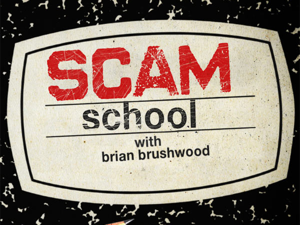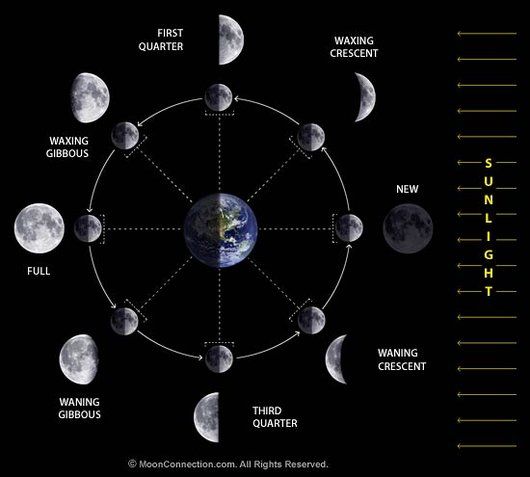 On August 21, 2017, there will be a total solar eclipse visible in the United States, which hasn't happened since 2012, and won't happen again until 2024!
On August 21, 2017, there will be a total solar eclipse visible in the United States, which hasn't happened since 2012, and won't happen again until 2024!
It's the perfect time to present an impressive knowledge of the moon, such as being able to estimate the moon phase for any date in 2017! Does learning this feat sound difficult? Surprisingly, it's much easier than you may think.
For 2017 only, the phase of the moon formula is simple: (Month key number + date) mod 30. The result is the age of the moon in days from 0 to 29. I'll explain each part of this formula below.
Month key number: January's key number is 3, February's key number is 4, and all other months' keys are their traditional numbers; March is 3, April is 4, May is 5, and so on up to December, which is 12.
Date: This is simply the number represented by the particular date in the month. For the 1st, add 1. For the 2nd, add 2. For the 3rd, add 3, and so on.
mod 30: If you get a total of 30 or more, simply subtract 30. Otherwise, just leave the number as is.
As an example, let's try the published date of this post, July 28th. July is the 7th month and the date is the 28th, so we work out 7 + 28 = 35. Since that number is greater than 30, we subtract 30 to get 35 - 30 = 5. This result tells us that the moon's age will be 5 days on July 28th, 2017.
But what does it mean to say that a moon is some number of days old? Here's a simple explanation:
0 days = New moon (the moon is as dark as it's going to get)
0 to 7.5 days = Waxing crescent (Less than half the moon is lit, and it's getting brighter each night)
7.5 days = 1st quarter moon (Half the moon is lit, and getting brighter each night)
7.5 to 15 days = Waxing gibbous (More than half the moon is lit, and getting brighter each night)
15 days = Full moon (The moon is as bright as it's going to get, and will start getting darker each night)
15 to 22.5 days = Waning gibbous (More than half the moon is lit, and it's getting darker each night)
22.5 days = 3rd quarter moon (Half the moon is lit, and it's getting darker each night)
22.5 to 29 days = Waning crescent (Less than half the moon is lit, and it's getting darker each night)
So, our 5-day-old moon would be a waxing crescent (Less than half the moon is lit, and it's getting brighter each night). Sure enough, Wolfram|Alpha confirms this estimate! Moon Giant confirms this estimate, as well.
There are a couple of finer points to note. First, this simple method happens to work only in 2017. The method won't be this simple again until 2036 and then 2055. If you want to learn to calculate the moon phase for any date in the 1900s, you can learn the full feat over in the Grey Matters Mental Gym.
Second, remember that this is an estimate. The actual error margin is plus or minus one day. So, getting an estimate of 5 days means that the moon is somewhere from 4 to 6 days old. When the overlap includes a first quarter moon, a full moon, or a 3rd quarter moon, I usually describe this as, "While it might not be technically accurate, most people would look up and describe it as a 1st quarter moon" (or full moon, or 3rd quarter moon).
This method is a simplification of John Conway's original moon phase estimation formula from Winning Ways for Your Mathematical Plays, vol. 4. Practice it and have some fun amazing your friends and family during the coming solar eclipse!


 I recently ran across a number of videos I figured would be interesting to regular Grey Matters readers, so I thought I would share them.
I recently ran across a number of videos I figured would be interesting to regular Grey Matters readers, so I thought I would share them.
 Happy New Year!
Happy New Year!

 June's snippets are ready!
June's snippets are ready!











